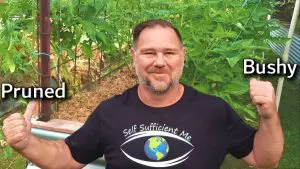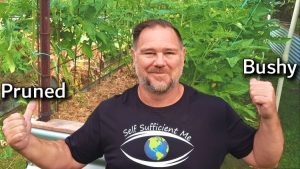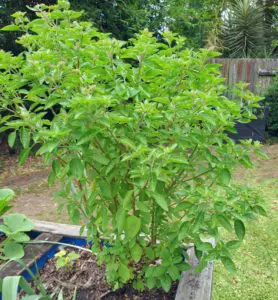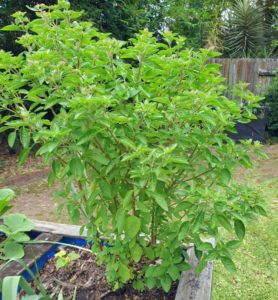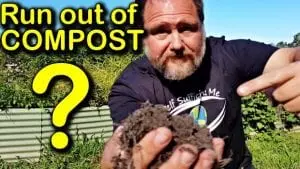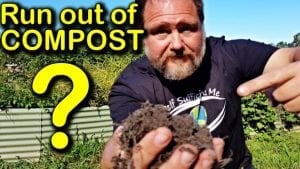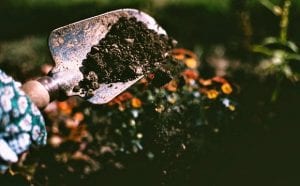So, you are thinking of taking that idealistic step away from the modern mainstream, and moving towards self sufficiency. It’s a term we’ve heard a lot this past year, but it’s not always clear what it really means. And is it realistic these days? We all have work, families, responsibilities, vehicles and modern technology that we probably don’t want to let go of. So can self sufficiency work with modern life? And what might that look like? ……Lets have a closer look.
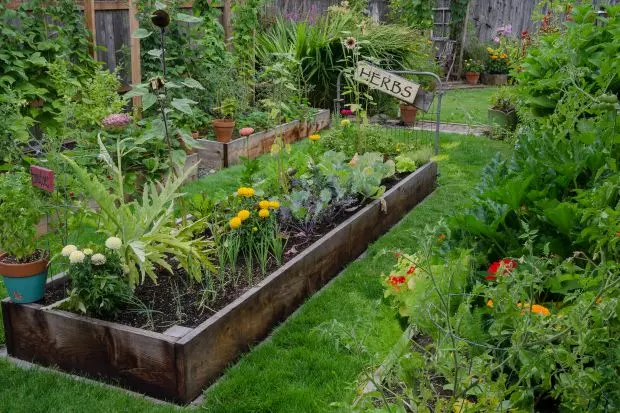
First, lets break down what self sufficiency actually means. Clearly ‘self-sufficiency’ implies growing your own food, but you might be surprised to discover that it means more than that. It’s about being a producer rather than a consumer- making things you use within your household, building from scratch, upcycling, recycling, repairing and fixing. Reusing, making do, re-purposing, cooking from scratch and doing manual labour.
But ultimately, self sufficiency is a lifestyle, not a label. It indicates living simply (both philosophically and physically) and staying within your financial means. Being debt free and possibly off-grid. It is about growing as a person: having the courage to say NO to popular trends, taking a different path to that of your friends, being happy to be different and standing out from the crowd. You can do a little bit or a lot. No matter how big or small your goals are, you can always start small and take one step at a time. It’s probably unrealistic to be self sufficient in everything these days, but you can certainly be self sufficient in a few things.
Once you’ve decided self sufficiency is for you, the next step is to turn that into reality.
Clarifying your goals is a good place to start. Start by asking yourself a few basic questions like these and writing down the answers. The answers will help you define a vision……Be honest with yourself and think about your answers carefully- we’re talking about your future here!
- If moving, what kind of area or community do I want? Isolated, close-knit, suburban, small acreage or rural?
- What does my financial future look like now? What do I want it to look like?
- Will I stay in employment or can self sufficiency support me? (Perhaps there is a related business idea to explore)
- What size land and what kind of dwelling suits me? Could I build, or buy something existing?
- What kind of garden do I want? Commercial, market or personal?
- Are farm animals part of my vision? If so which ones, and am I aware of the applicable local laws in relation to them.
Once your vision starts to become clear, you can break it down even further on a practical level in order to make it become reality. Make sure you are completely honest with yourself, keeping in mind any permanent limitations or constraints you might have.
- What skills do I have, and what skills do I need to acquire?
- What budgetary constraints are there, and how might they limit me?
- How much help do I/will I have, and how can that fit with my goals?
- Are there any physical limitations that might stop me doing certain things or make things harder/slower?
- What kind of climate is best for me? Do I want a short or long growing season? This will determine how much energy and time you need to contribute.
- And most importantly, how genuine is my enthusiasm, and will it last long-term??
Taking the First Step
If you’re not yet in your dream home or property but want to get going, the garden is a great place to start. Not only can you begin producing your own food, but you can begin learning new skills immediately. Once you’ve eaten your own organic produce and realise much better it tastes and appreciate the higher nutritional values, you’ll be bursting with enthusiasm for self sufficiency. Don’t let lack of knowledge or readiness hold you back- start anyway! Seriously, just. do. it. You can start with a small project or say, one type of vegetable, work at your own pace and expand your skill set as you go. It’s quite simple to fill a few pots with soil and grow a few favourite herbs or greens, even if you’re living in an apartment. You can watch our video here on youtube that shows just how easy it is to grow food in containers. You can even grow food in milk containers if money is tight as Mark demonstrates here, so don’t let your budget hold you back.

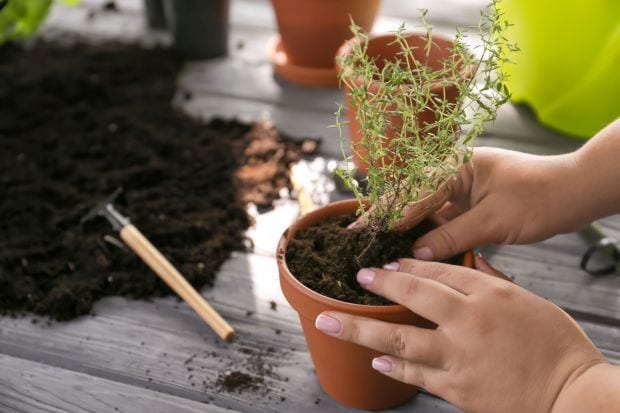
Once you have a few plants growing, you can take the next step and create your own fertiliser, called compost. Compost is one of the best resources in the garden, and you’ll get better results if you make your own. Not only will it improve your crops, but the ingredients are free, as it’s made up of your kitchen scraps. All you really need is a large receptacle, some kitchen scraps (excluding meat and dairy), and some ‘brown material’, like shredded paper or cardboard. Compost can be made with a variety of setups, and a small portable tumbler is a great place for a beginner to start. There are lot to choose from, so why not have a look at our video review of Maze tumblers. They suit both small and large spaces and are easy to use. If you’re thinking of a larger 3-bay system, have a look at our detailed article showing you how to build one here.

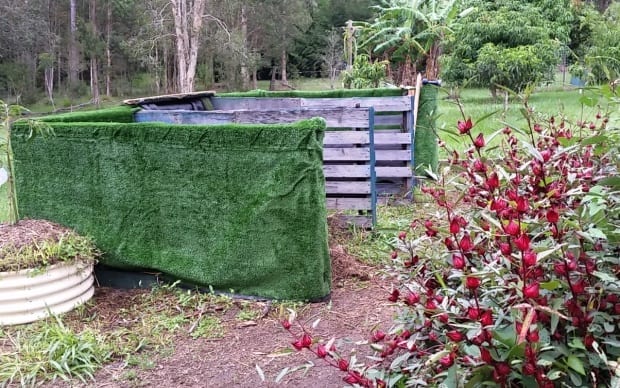
Once you’ve taken the first couple of steps, you’ll find that it kind of snowballs. Poultry and small birds like ducks and quail might become viable, you could find yourself learning some DIY carpentry skills, plus working out how to deal with your harvest. Freezing, pickling, drying and fermenting are all traditional food preservation methods that you can do too.
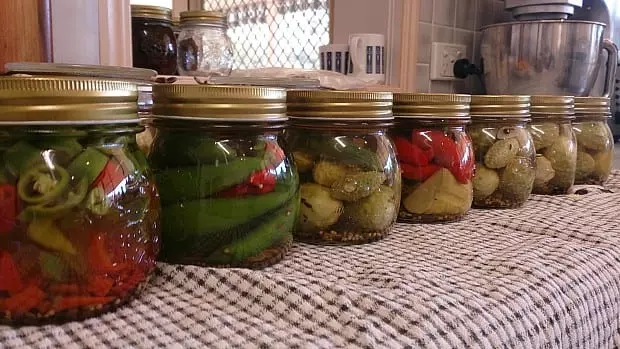
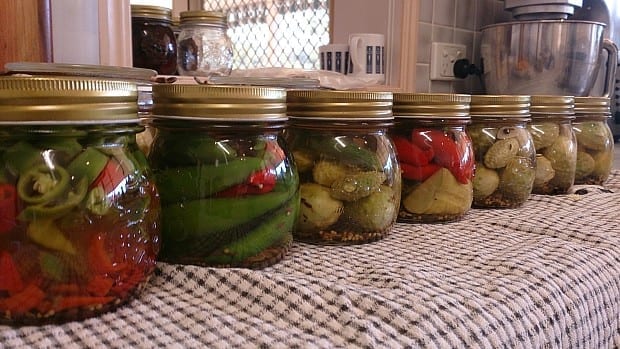
Whatever you do and however you go about it, your community will always be a great resource, whether online or in person…after all, self sufficiency doesn’t mean being insular. We have a forum right here on this website called self sufficient culture that you can join for free at any time, so pop in, have a chat, make friends and ask a question or two!

